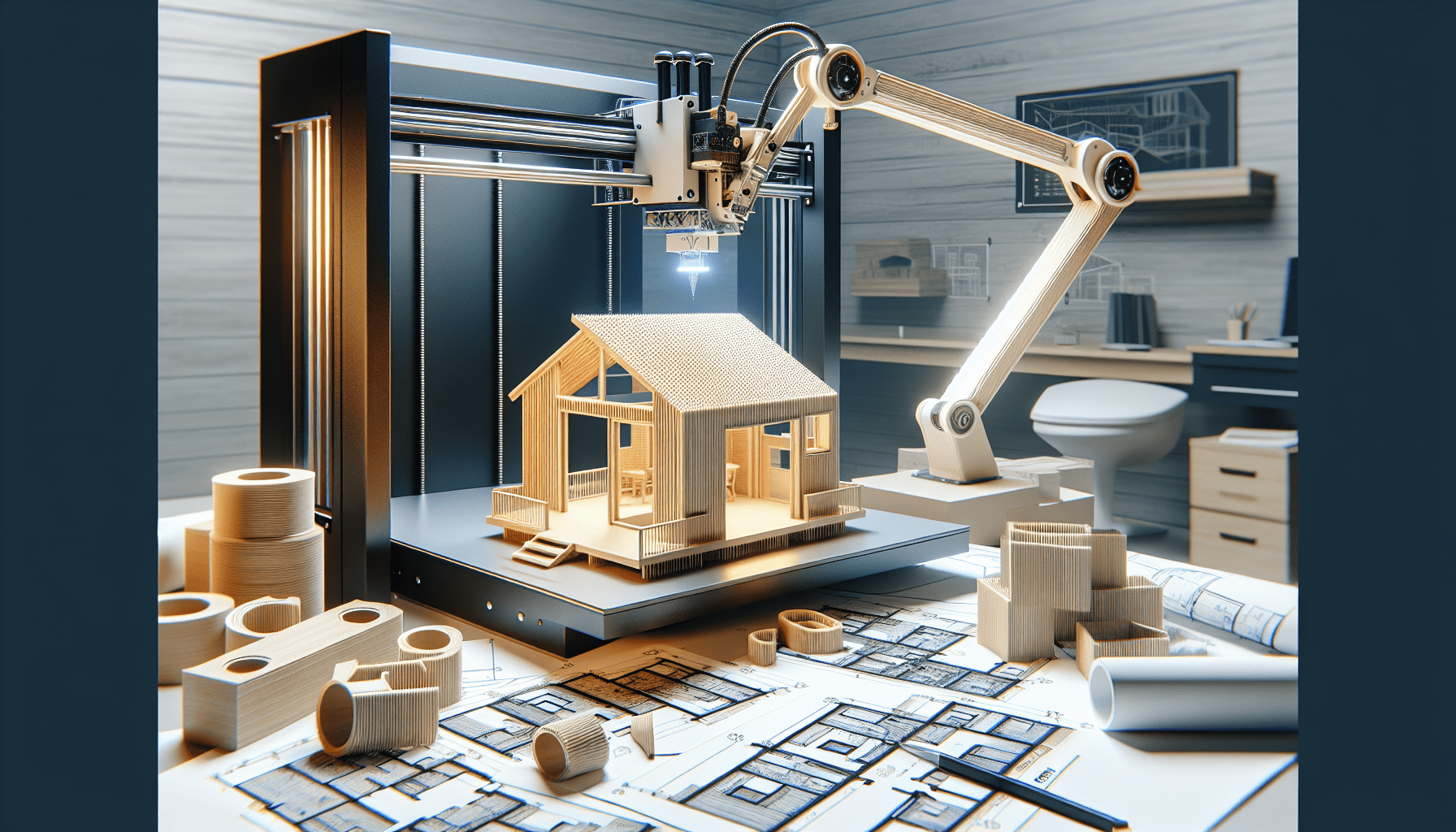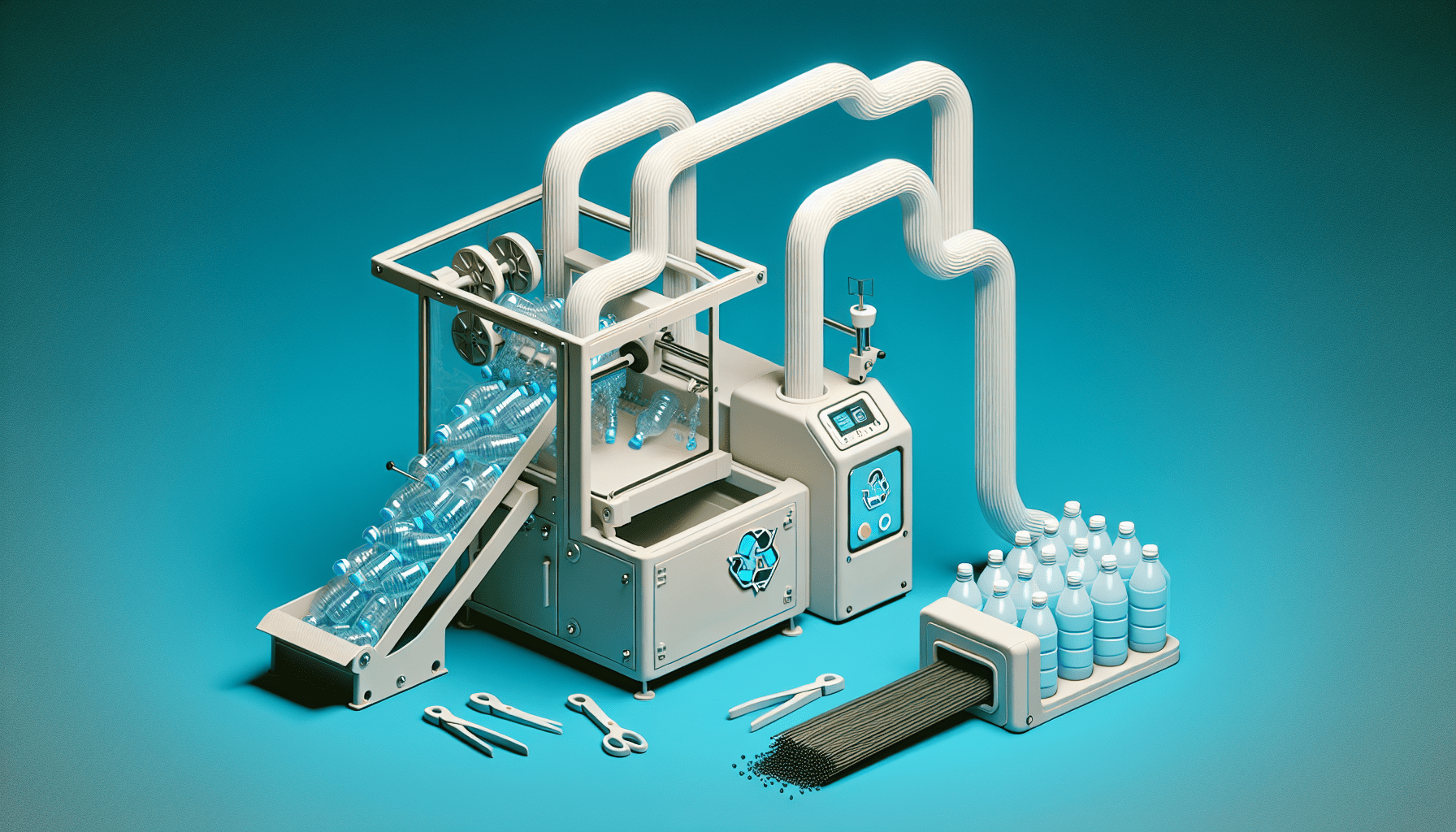FLASHFORGE Adventurer 5M 3D Printer with Fully Auto Leveling, Max 600mm/s High Speed Printing, 280°C Direct Extruder with 3S Detachable Nozzle, Core XY All Metal Structure, Print Size 220x220x220mm
$259.00 (as of June 21, 2025 23:57 GMT +00:00 - More infoProduct prices and availability are accurate as of the date/time indicated and are subject to change. Any price and availability information displayed on [relevant Amazon Site(s), as applicable] at the time of purchase will apply to the purchase of this product.)Have you ever wondered how researchers are reshaping the future of medical implants? At the University of Waterloo, a team of innovative minds has made a significant breakthrough by pioneering the 3D printing of bone-like materials. This development has the potential to change how we approach major skeletal repairs and reconstructive surgery, ensuring patients receive more personalized and effective treatment. Let’s explore this fascinating field and understand how this could redefine medical procedures.

$30 off $400+ Anycubic Products with code AC30OFF
The Revolutionary Research at the University of Waterloo
Researchers at the University of Waterloo have developed a novel biopolymer nanocomposite material designed to mimic the composition and characteristics of natural bone tissue. Their study, titled “In vitro evaluation of bone cell response to novel 3D-printable nanocomposite biomaterials for bone reconstruction,” was recently published in the Journal of Biomedical Materials Research Part A. This development is a part of Waterloo’s larger Health Futures initiative, which aims to push the boundaries of health technology.
Why Traditional Methods Fall Short
Currently, skeletal reconstruction surgeries often involve metal implants or donated bone tissue. Surgeons select the implants from tissue banks based on the best possible match to the patient’s anatomy, but this approach comes with significant limitations. Metal implants are rigid and can cause discomfort, while donated bones can be rejected by the recipient’s body. These procedures often lack the precision required for perfect anatomical fit, leading to complications down the line.
Enter the Biopolymer Nanocomposite
The biopolymer nanocomposite material presents a more versatile and patient-friendly alternative. By leveraging 3D printing technology, this material can be customized to fit an individual’s specific anatomical requirements, addressing the inadequacies of conventional methods. By closely mimicking bone tissue, this breakthrough aims to reduce the risk of immune rejection and potentially eliminate the need for metal plates.
Key Characteristics:
- Customization: Tailored to each patient’s unique bone structure.
- Compatibility: Reduces the risk of immune rejection.
- Strength: Comparable to natural bone tissue.
How 3D Printing is Disrupting Medical Practices
3D printing has already begun to revolutionize a variety of fields, and now medical science is catching up. The ability to create patient-specific implants on-demand marks a substantial step forward in personalized medicine.
A Glimpse at the Process
The University of Waterloo team utilized a special type of 3D printing known as mSLA (masked stereolithography) to create and test their new material. They began by printing discs used in cell culture experiments and dog bone specimens for mechanical testing.
Application in Surgical Procedures
A notable application of this technology is in creating bone grafts that a patient’s body can recognize and assimilate. The hope is that over time, new bone cells will replace the nanocomposite material, potentially eliminating the need for repeated surgeries or additional implants.
Benefits for Surgical Procedures:
- Reduction in Infection Risk: Elimination of metal reduces surgical risk.
- Improved Fit: Customized to the patient’s exact anatomical specifications.
- Enhanced Healing: The body is more likely to accept the implant.

Buy Photon Mono M5 Get Free 1KG Resin
Behind the Innovation
The brains behind this pioneering research include some of Waterloo’s leading experts and brightest minds.
Meet Dr. Thomas Willett
Dr. Thomas Willett, a professor in the Department of Systems Design Engineering and Director of the new biomedical engineering graduate program, leads the project. According to Willett, the goal was to create a strong, 3D printable material compatible with potential new bone tissue.
Contributions from Elizabeth Diederichs
PhD candidate Elizabeth Diederichs has been focused on improving the functional robustness of the biopolymer nanocomposite. Her aim is to develop an implant material capable of being replaced by living bone over time, thereby reducing the need for additional surgeries.
Collaboration with Dr. Maud Gorbet
Dr. Maud Gorbet, another key figure in this research, is a professor in Waterloo Engineering and Director of the biomedical engineering undergraduate program. She has been instrumental in testing the biological compatibility of the new material with bone cells. According to Gorbet, the new material outperforms traditional methods when it comes to bone cell adherence, proliferation, and retention.
The Road Ahead
While this innovation holds immense promise, there are still hurdles to overcome before it becomes a staple in medical procedures. Further clinical trials and regulatory approvals are essential steps toward making this technology widely available.
Funding and Future Trials
The Canadian Institutes for Health Research have already funded this groundbreaking research, and the team is actively seeking additional funding for further trials. Gaining regulatory approval will be crucial in validating this technology for clinical use.
The Big Picture
In the grand scheme, this innovation epitomizes how technology and medical science can intersect to bring about monumental changes in how we approach healthcare. The eventual aim is to not only streamline surgical procedures but also enhance patient outcomes by providing more reliable and compatible implant solutions.
Complementary Developments in the AM Industry
The world of Additive Manufacturing (AM) is an ever-evolving landscape, with consistent breakthroughs contributing to its growth. According to a recent study, the consumer products AM segment generated $2.6 billion in 2023 and is expected to soar to $28 billion by 2033 at a 26.8% CAGR. Companies like Rousselot and xolo have even ventured into co-branding agreements focused on 3D bioprinting, further illustrating the expanding reach of this technology.
Market Dynamics
3D printing service providers are continuously innovating and expanding their material offerings. For instance, Tri-Tech 3D recently released a new SAF Polypropylene (PP) material, and companies like Protolabs are introducing state-of-the-art materials to the market.
Companies & Contributions:
- Rousselot & xolo: Collaborating on 3D bioprinting.
- Tri-Tech 3D: Introducing new materials like SAF Polypropylene.
- Protolabs: Launching new products like PAx Natural materials.
Summary Table: Key Innovations and Researchers
| Element | Description |
|---|---|
| Lead Researchers | Dr. Thomas Willett, Elizabeth Diederichs, Dr. Maud Gorbet |
| Primary Material | Biopolymer nanocomposite |
| 3D Printing Method | mSLA (masked stereolithography) |
| Key Benefits | Customization, reduced rejection risk, strong and bone-compatible material |
| Funding Source | Canadian Institutes for Health Research |
| Next Steps | Further clinical trials, regulatory approvals |
Final Thoughts
This pioneering work from the University of Waterloo is setting a new benchmark in medical science and patient care. By making significant strides in the 3D printing of bone-like materials, they are opening new avenues for more personalized and effective surgical treatments. The future of skeletal repairs and reconstructive surgery looks promising, and the ongoing advancements in this field will likely lead to even more groundbreaking innovations. So, the next time you hear about 3D printing, remember that its potential goes far beyond creating simple objects—it’s shaping the future of medical science.
$30 off $400+ Anycubic Products with code AC30OFF






